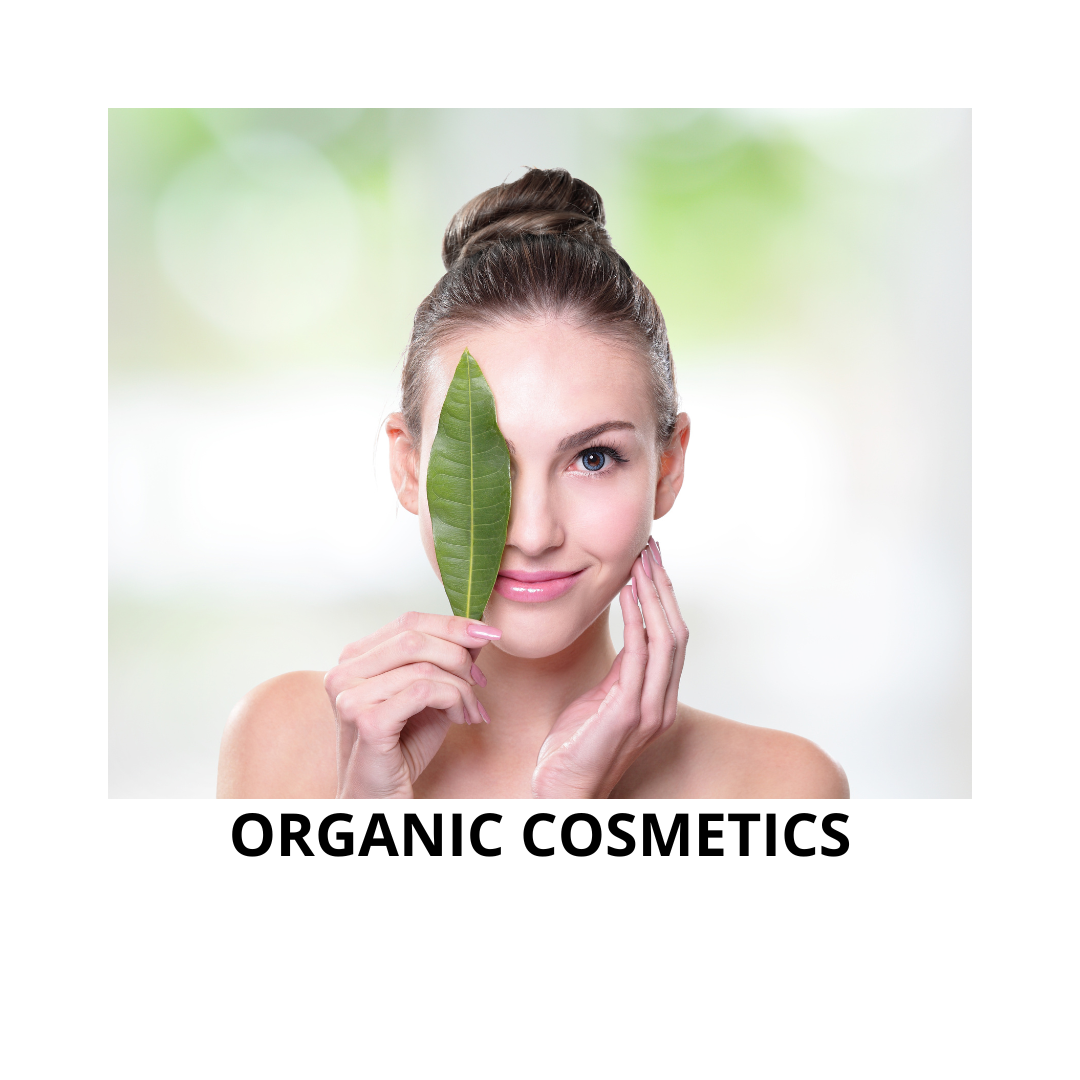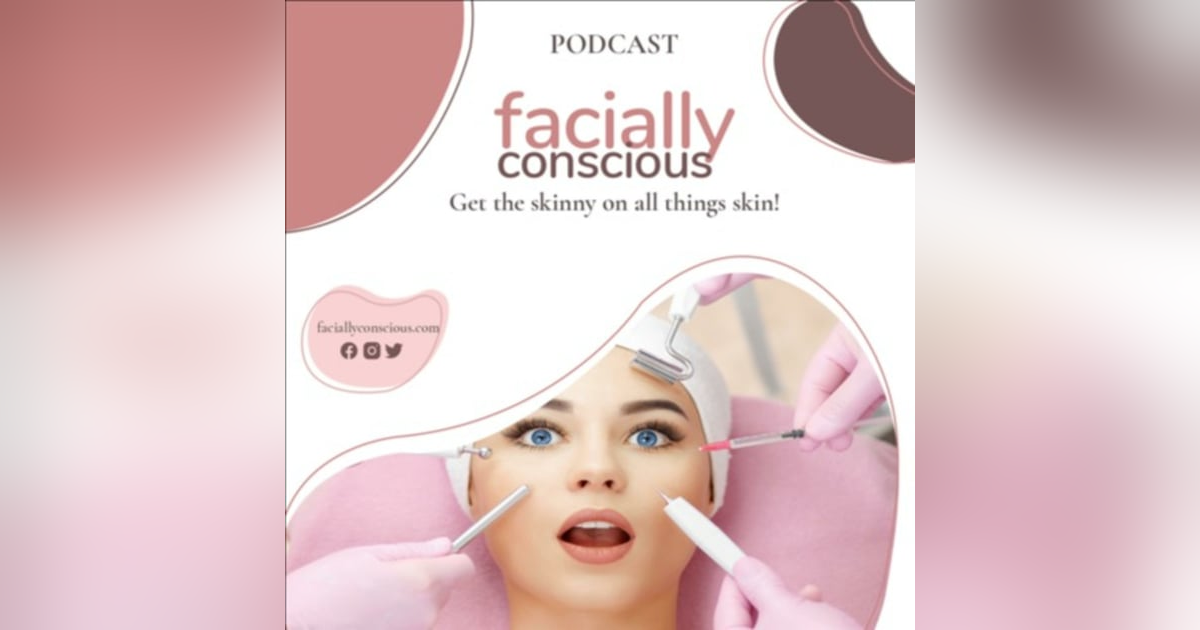Demystifying Organic Cosmetics: Clearing Up Facts and Myths with Industry Leader Gay Timmons

The organic beauty industry has boomed into a multi-billion-dollar market, yet confusion still surrounds what "organic" truly means when it comes to skincare and cosmetics. In a recent episode of the Facially Conscious Podcast, DEEP DIVE: What are the biggest myths and misunderstandings about organic cosmetics? with Gay Timmons, hosts Rebecca Gadberry and Trina Renea sat down with organic cosmetics pioneer Gay Timmons to clarify the biggest myths and misconceptions about organic beauty products.
Gay Timmons, president of Oh, Oh Organic and a board member of the Natural and Organic Health and Beauty Alliance, has been advocating for organic ingredients in cosmetics for over three decades. Her expertise offers valuable insight into an industry that's expected to nearly double from its current $10 billion value by 2030.
Understanding the Four Categories of Organic Beauty
One of the biggest takeaways from the conversation is that not all "organic" products are the same. Timmons explains organic beauty in four different categories, each with its own standards and requirements.
The first category is governed by the USDA National Organic Program, which applies the same federal standards used for organic food to cosmetic products. This is the strictest level, requiring yearly inspections and full compliance with federal organic laws. Products in this category must meet the same high standards as organic produce, making them perfect for simple formulations like lip balms, body oils, and anhydrous serums.
The second category includes private organic standards specifically created for cosmetics. These consist of COSMOS, NSF 305, and other international standards that acknowledge the unique challenges of formulating complex beauty products. Unlike food-based organic standards, these private certifications permit certain emulsifiers and preservatives needed to make stable formulations with both oil and water components.
The third category includes products that aim for the highest organic content without formal certification. While these products may have a significant amount of organic ingredients, they haven't undergone the strict third-party inspection process needed for certification.
Finally, the fourth category includes conventional products that contain some organic ingredients, usually marked with asterisks in the ingredient list to indicate their organic status.
The California Advantage: Leading Organic Regulations
California is the only state with specific legislation for organic cosmetics through the California Organic Products Act. This pioneering law mandates that products claiming to be organic must contain at least 70 percent certified organic ingredients, with companies required to keep proper documentation and certificates for all organic components.
What makes California's approach especially consumer-friendly is its proactive enforcement system. The state conducts random audits of a percentage of registered organic cosmetic companies each year, making sure that products genuinely meet their organic claims. This regulatory setup gives consumers more confidence when buying organic beauty products from California-based companies.
The enforcement aspect goes beyond state borders, with both the Federal Trade Commission and USDA acting against companies that misuse organic terminology. As Timmons notes, the FTC has imposed multi-million dollar fines on companies that include "organic" in their brand names without having organic content in their products.
Environmental Impact: The Climate Connection
Beyond personal benefits, choosing organic cosmetics provides notable environmental advantages. Organic farming methods store about 12.6 percent more CO2 in soil compared to traditional practices that use synthetic fertilizers and pesticides. This ability to sequester carbon makes organic ingredients a strong tool in fighting climate change.
The environmental advantages also reach the wider supply chain. As demand for gasoline drops with the move toward electric vehicles, petrochemical byproducts used in traditional cosmetics will become more expensive and harder to find. This economic shift is pushing innovation toward plant-based alternatives that can ultimately be sourced from organic farming.
Debunking Common Myths About Organic Cosmetics
Perhaps the biggest misconception about organic cosmetics is the idea that organic certification is just a marketing strategy without any regulatory support. In fact, certified organic products go through strict yearly inspections, with companies required to keep detailed records of every organic ingredient they buy and use.
Another common misunderstanding involves the relationship between "natural" and "organic" products. While all organic ingredients are natural, the reverse isn't true. The term "natural" lacks regulatory definition and oversight, making "certified organic" a more reliable indicator for consumers seeking truly natural products.
Many consumers also don't realize that organic certification requires complete ingredient transparency. Unlike conventional products that may contain undisclosed incidental ingredients, organic products must list every component, making them especially valuable for individuals with chemical sensitivities or specific ingredient concerns.
Making Informed Choices: A Consumer's Guide
For consumers navigating the organic beauty market, Timmons provides clear guidance. The best way to verify a product is truly organic is to check for a certification statement on the label that shows the certifying agency. Look for phrases like "Certified organic by Oregon Tilth" or similar claims that show third-party verification.
When examining products that aren't fully certified organic, focus on the top ingredients in the formulation, excluding water, which cannot be be organic. Products with organic ingredients listed at the beginning of the ingredient list will contain more organic content than those where organic ingredients appear near the end.
The Future of Organic Beauty
The organic cosmetics industry continues to grow, with more sophisticated organic ingredients becoming available to formulators. This expansion is driven not only by consumer demand but also by the practical reality that petrochemical alternatives are becoming less cost-effective.
As the industry matures, we can expect to see continued innovation in organic ingredient development, more stringent enforcement of organic claims, and greater consumer education about the differences between various organic standards and certifications.
The conversation with Gay Timmons highlights the complexity and potential of the organic beauty industry. For skincare professionals and consumers alike, understanding these differences enables better choices and supports the ongoing growth of truly sustainable beauty practices.
To hear the full discussion and get more insights into organic cosmetics, listen to the complete episode: DEEP DIVE: What are the biggest myths and misunderstandings about organic cosmetics? with Gay Timmons.
To read more from Trina Reneá, join her on Substack.









